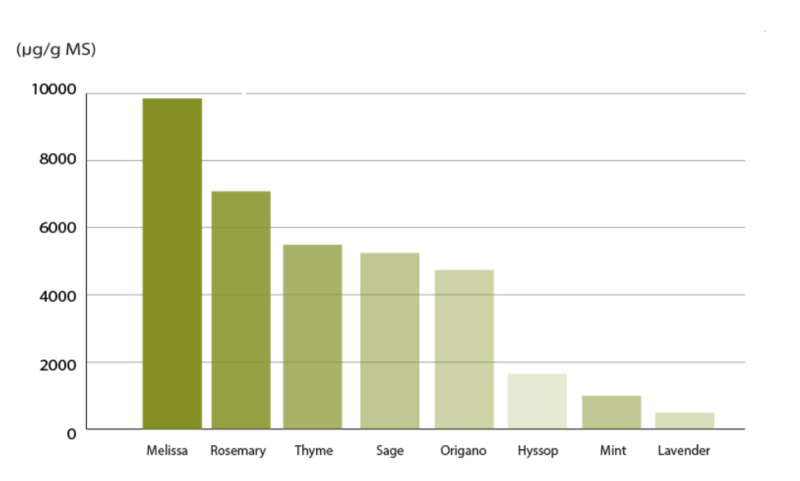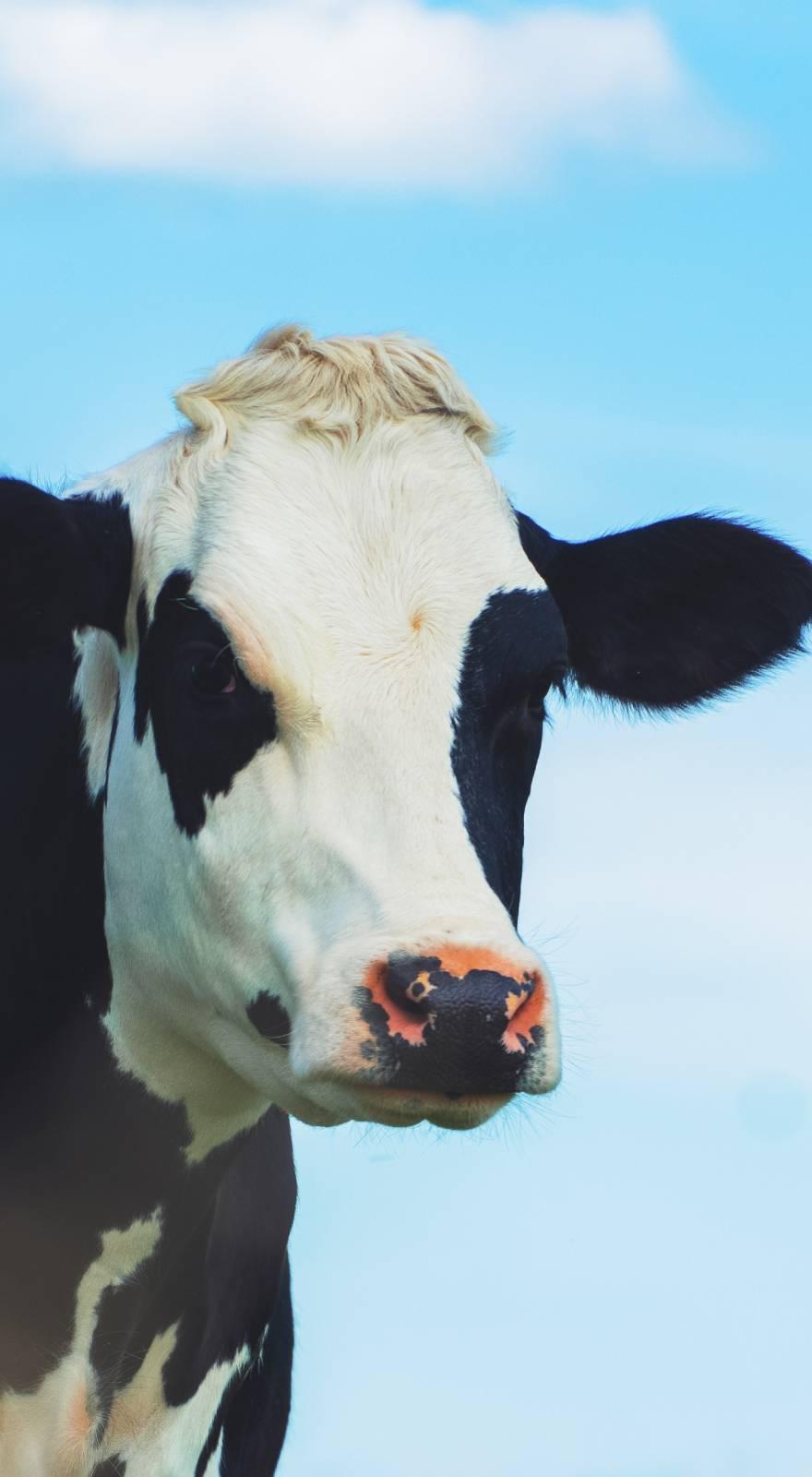Knowde Enhanced TDS
Identification & Functionality
- Animal Feed & Nutrition Functions
- Technologies
Features & Benefits
- Labeling Claims
Applications & Uses
- Markets
- Animal Species
- Advantages
- Traceability from the field to the extract - To secure supplies by contract.
- Complete transparency - Titration and composition of the product.
- Technological management
- Optimized extraction of each batch in respect of the plant.
- New eco-extraction technology on an industrial scale, 100% by water extraction.
- 4-Dry extracts titrated active
- Secure quality over time to guarantee the characterization of the final extract by the development of analytical methods.
- 60% fewer of blood hydroperoxides on chicks with the use of quequetin (effects of the active ingredients resulting from in vitro tests).
- More than 3% of broilers live weight at slaughter due to gains in feed intake.
- 50% of crops grown and contracted in the region of Pays de la Loire, France.
- Increase of 3% of the quality of graded eggs produced by a stimulation of feed intake.
- Applications
On all species, antioxidant ingredients, hepatoprotective, anti-inflammatory, immunity stimulants, etc.
- Targets
To offer titrated and traced plant extracts which will be adapted to your solutions to maximize their effects allowing a clear production process and fully mastered.
Regulatory & Compliance
- Certifications & Compliance
Technical Details & Test Data
- Rosmarinic Acid Content

Isolated and identified for the first time in 1958 from rosemary (Rosmarinus officinalis)
however it is present in greater quantity in the lemon balm leaves
(Geller & al., 2010- Gruenwald & al., 2007)

